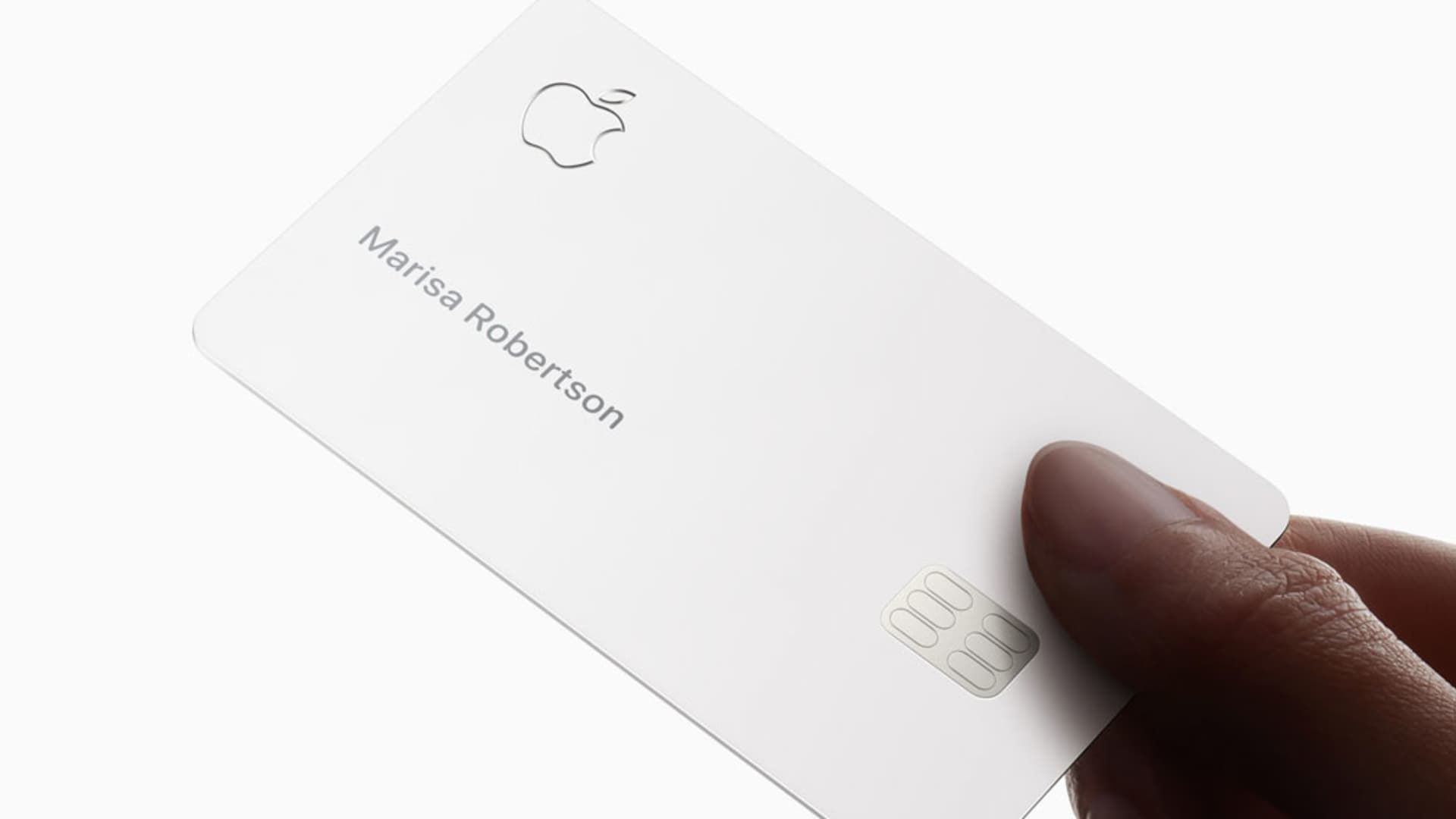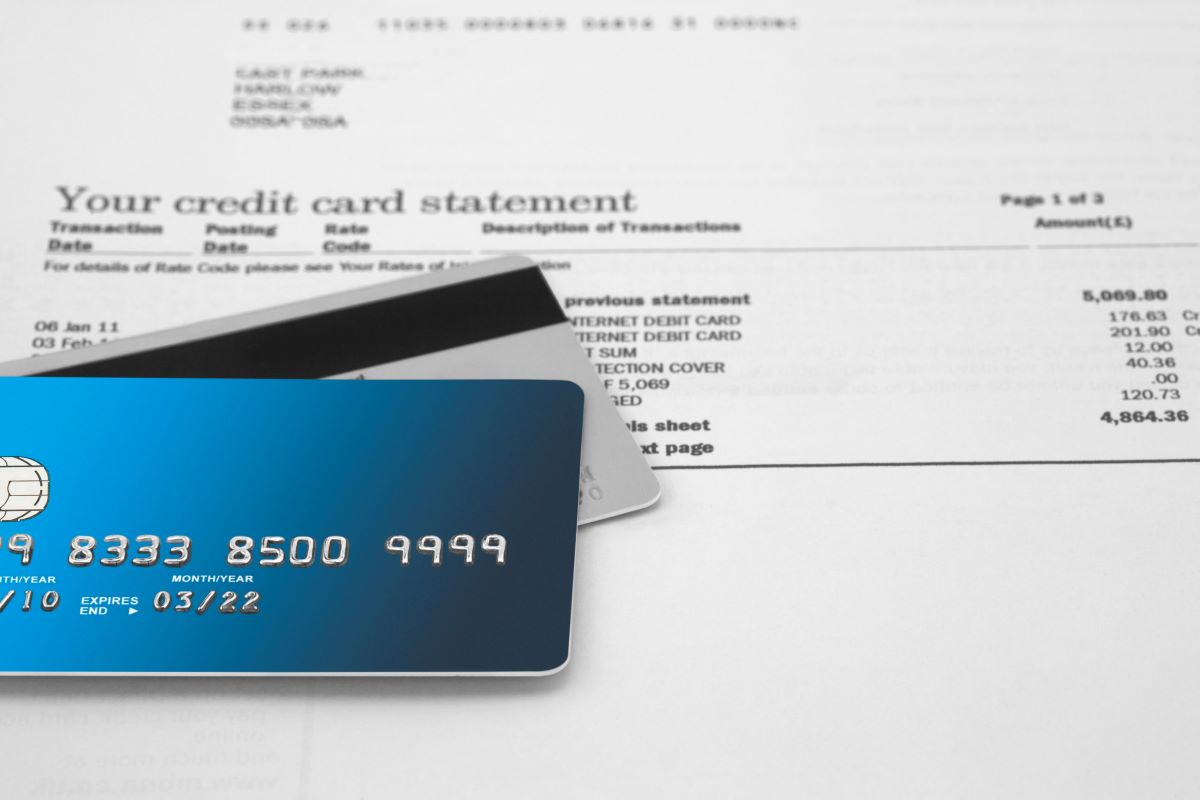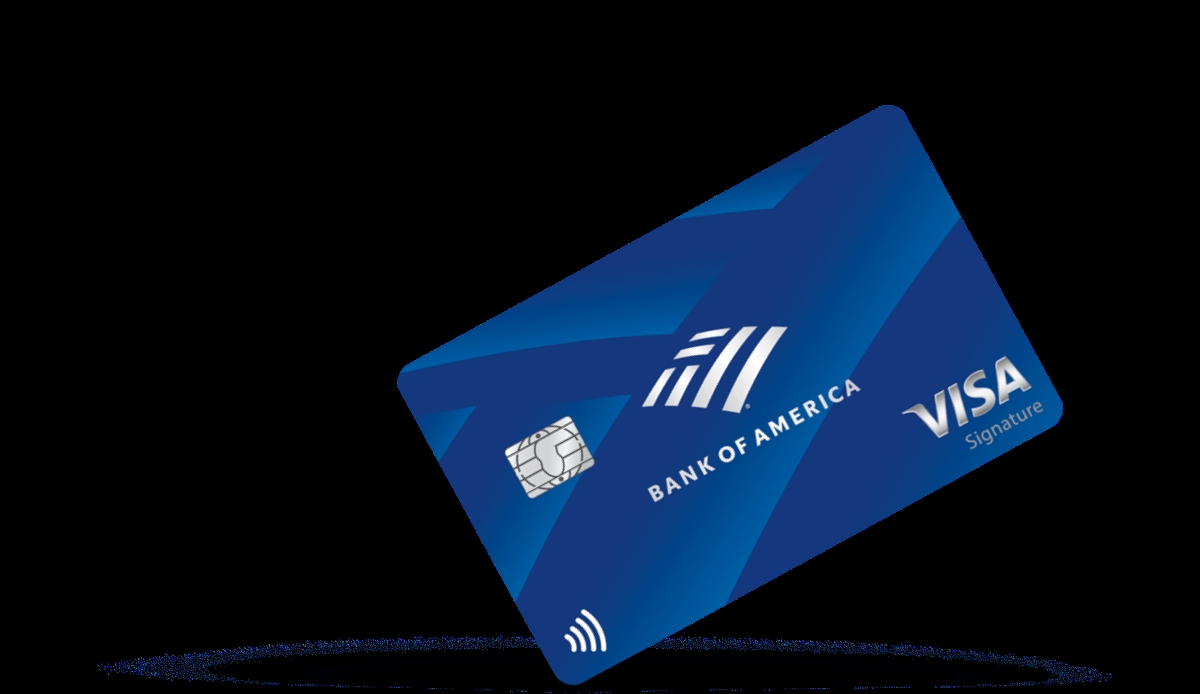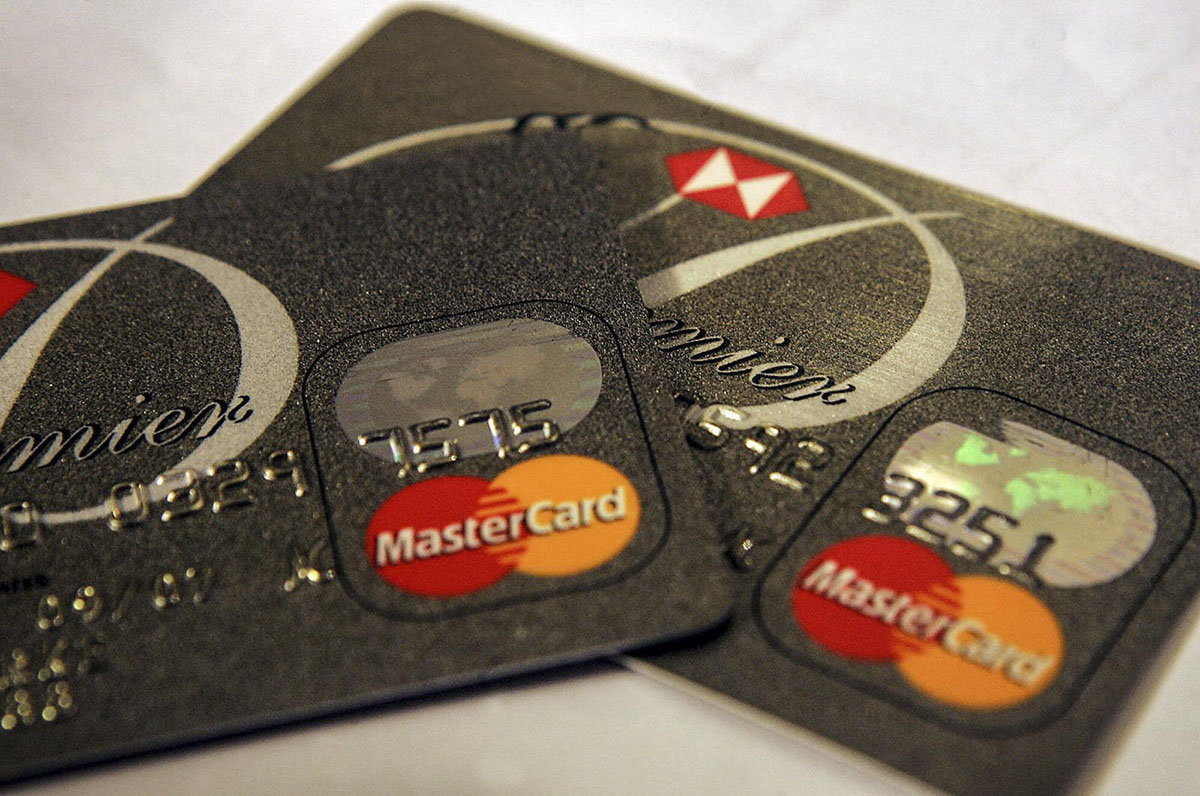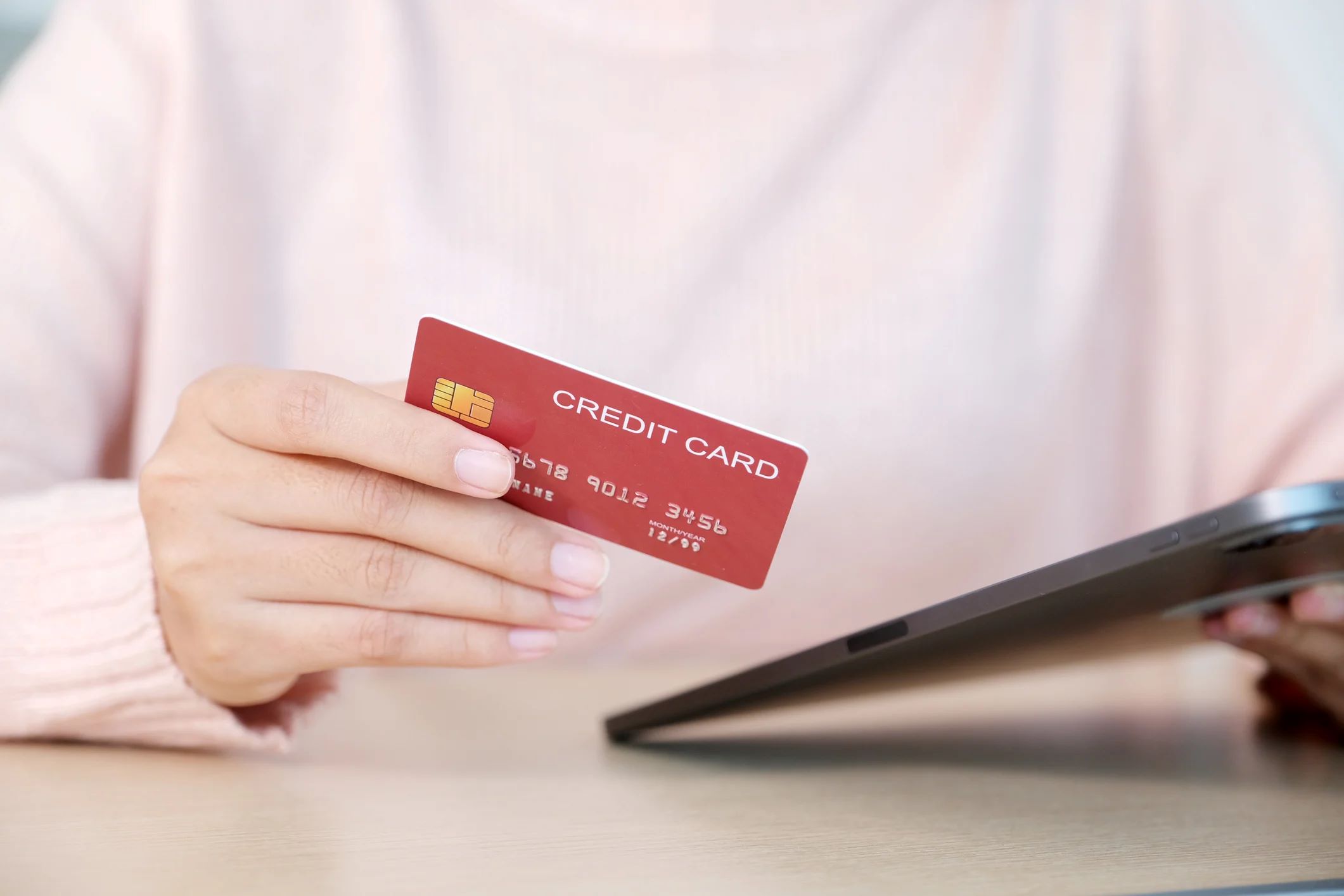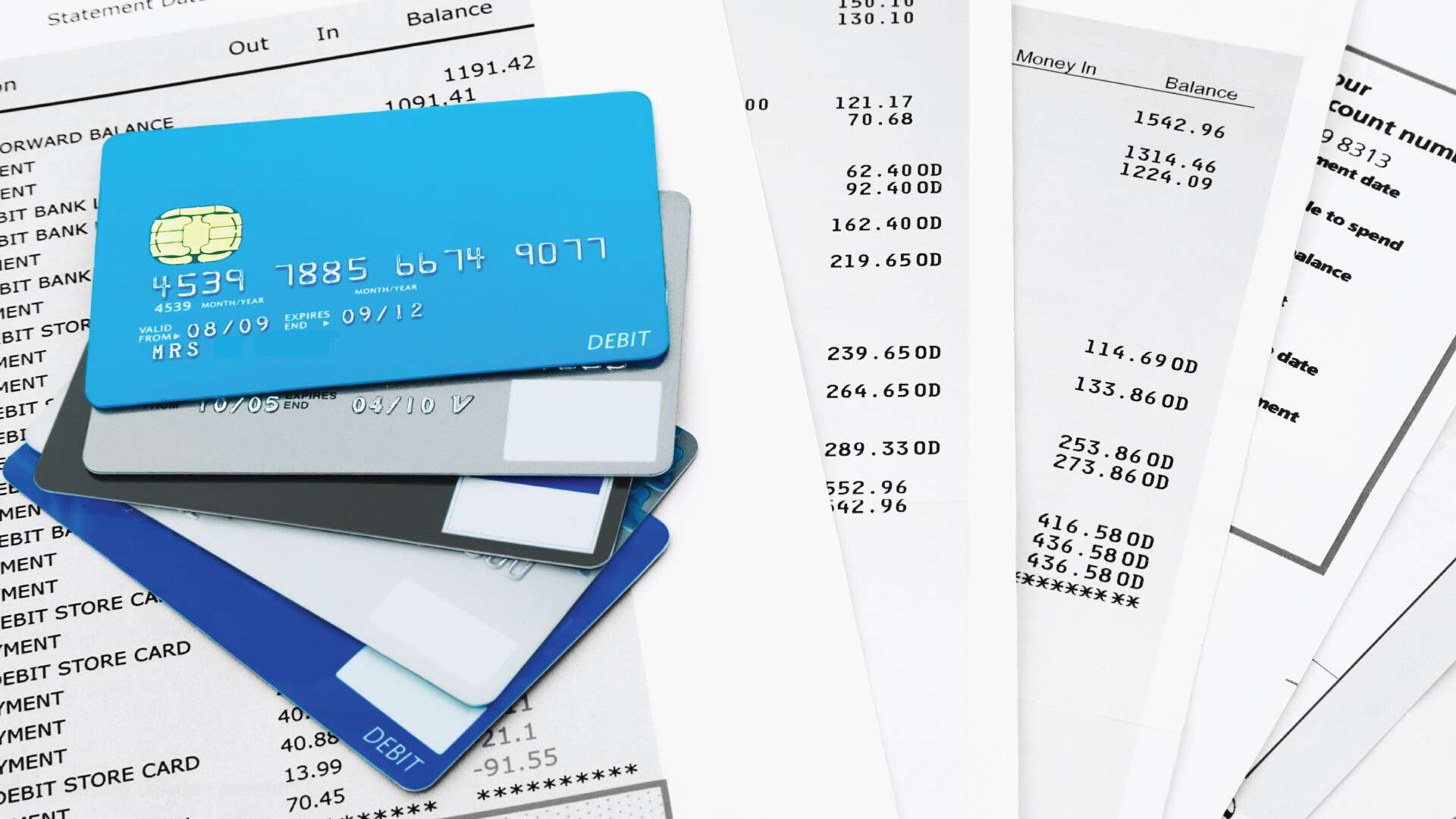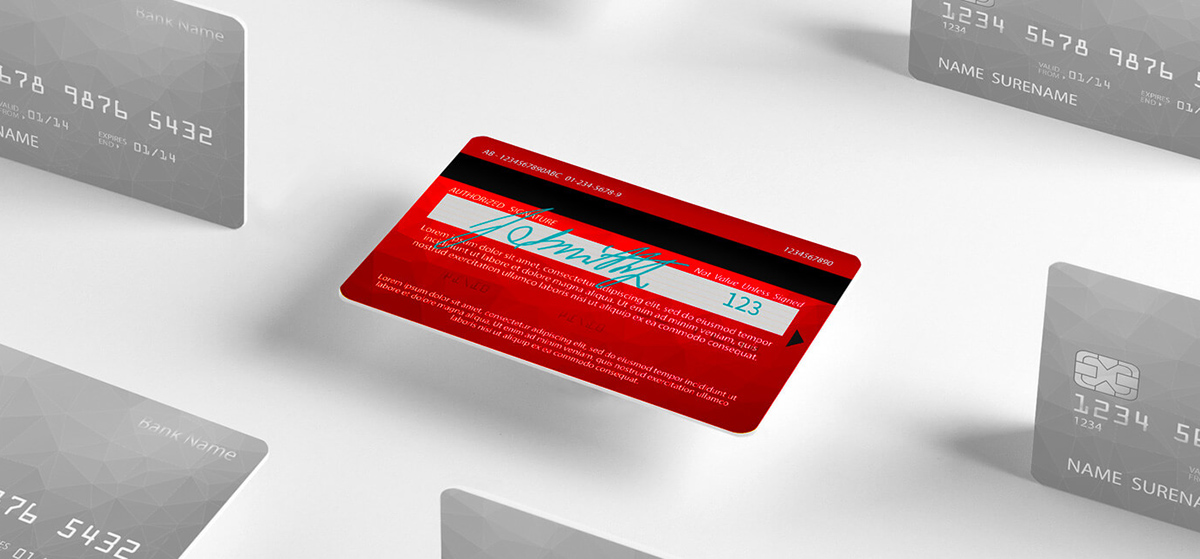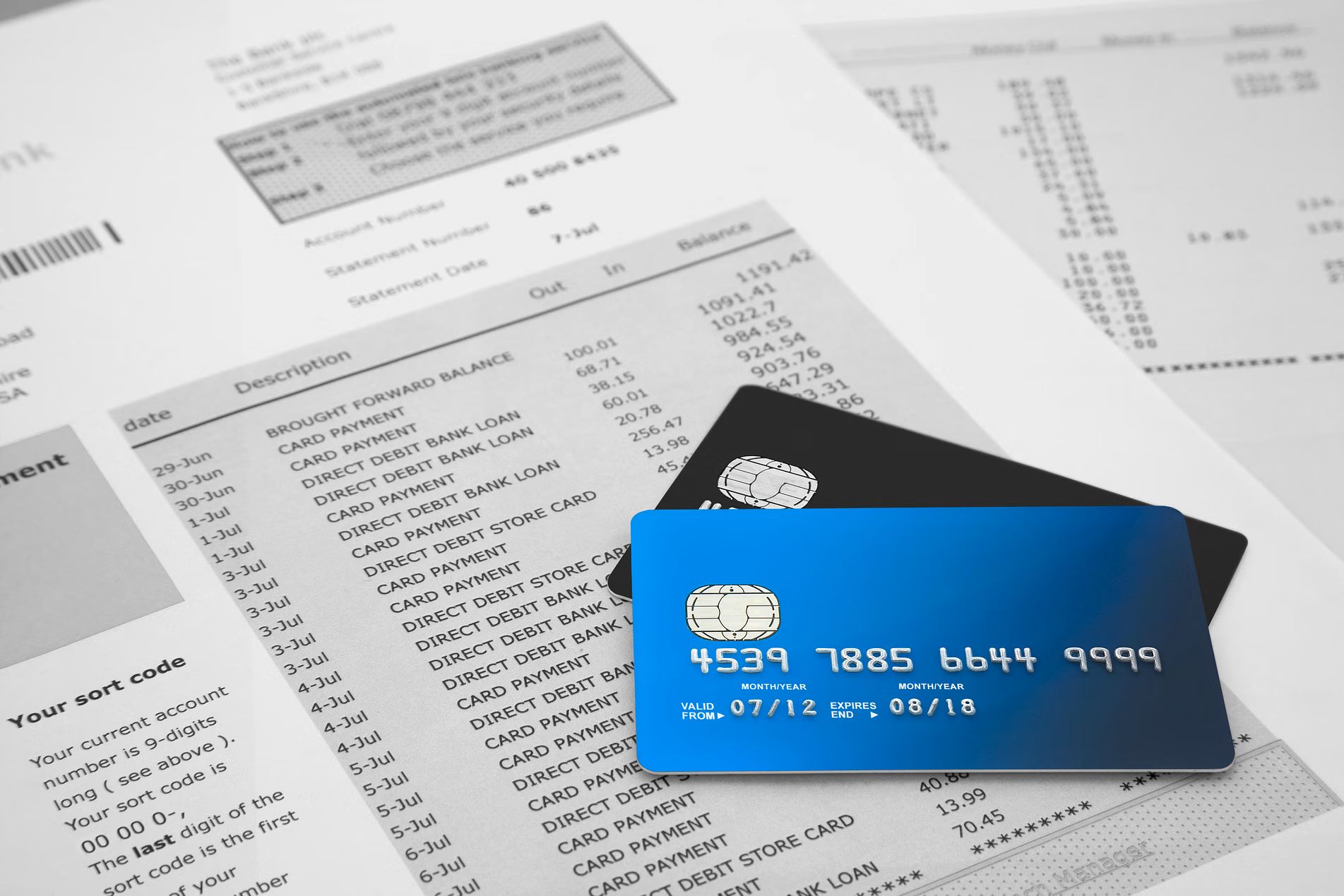Home>Finance>What Is The Billing Postal Code On A Credit Card
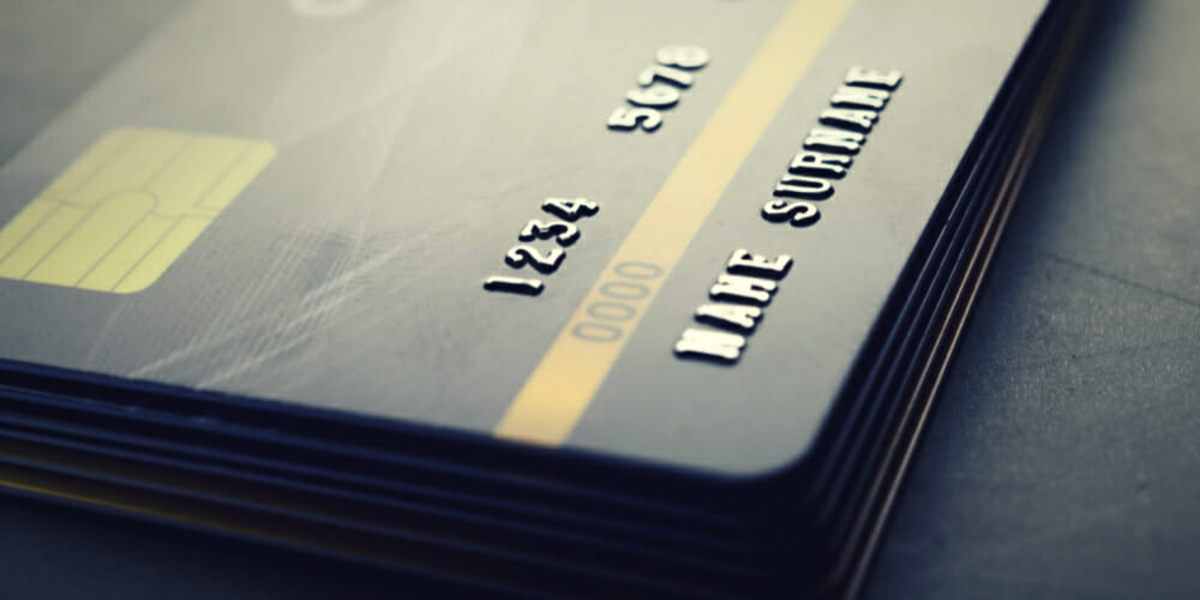

Finance
What Is The Billing Postal Code On A Credit Card
Modified: February 21, 2024
Learn what the billing postal code on a credit card is and why it is important for finance transactions. Find out how it helps safeguard against fraud and verify cardholder information.
(Many of the links in this article redirect to a specific reviewed product. Your purchase of these products through affiliate links helps to generate commission for LiveWell, at no extra cost. Learn more)
Table of Contents
- Introduction
- Understanding Credit Cards
- What is a Billing Postal Code?
- Importance of Billing Postal Code
- How Billing Postal Code is Used in Credit Card Transactions
- How to Locate the Billing Postal Code on a Credit Card
- Common Issues with Billing Postal Codes
- Tips for Entering the Billing Postal Code Correctly
- Conclusion
Introduction
Welcome to the world of credit cards, where convenience meets financial freedom. Credit cards have become an essential tool for managing our day-to-day expenses, making online purchases, and even building a good credit history. However, with the increasing reliance on credit cards, it is crucial to understand how they work and the various aspects associated with them.
One such aspect is the billing postal code, which plays a fundamental role in credit card transactions. Whether you are a seasoned credit card user or a beginner, understanding what the billing postal code is and its importance can help you navigate the world of credit cards with ease.
In this article, we will delve into the intricacies of the billing postal code and shed light on its significance in credit card transactions. We will also discuss how to locate the billing postal code on your credit card and provide some essential tips to ensure you enter it correctly. So, let’s dive in and unravel the mystery behind the billing postal code in the world of credit cards.
Understanding Credit Cards
Before we delve into the specifics of the billing postal code, let’s first grasp the concept of credit cards. A credit card is a financial tool that allows individuals to make purchases and pay for them at a later date. When you use a credit card, you essentially borrow money from the card issuer to complete the transaction.
Credit cards offer several benefits, including convenience, security, and the ability to build credit history. With a credit card, you can make purchases online, book flights and accommodations, pay bills, and enjoy various rewards and perks offered by the card issuer.
When you receive a credit card, it comes with a unique card number, an expiration date, a cardholder name, and a security code. Each of these pieces of information has a specific purpose in credit card transactions. The billing postal code, in particular, is a vital component that plays a crucial role in ensuring the security and accuracy of credit card transactions.
Now that we have a basic understanding of credit cards, let’s move on to explore what exactly a billing postal code is and why it is essential in credit card transactions.
What is a Billing Postal Code?
A billing postal code, also known as a billing zip code, is a numerical code associated with the address linked to your credit card. It is a security measure implemented by credit card networks and issuers to verify the authenticity of the cardholder and prevent fraudulent transactions. The billing postal code serves as an additional layer of protection, ensuring that the person using the credit card is the authorized cardholder.
The billing postal code is used in conjunction with other card details, such as the card number, expiration date, and security code, to validate the transaction. Retailers and online merchants typically require customers to enter the billing postal code to confirm the address associated with the card before processing the payment.
The billing postal code acts as a key piece of information that matches the cardholder’s address on file. If the entered billing postal code does not match the address on record, the transaction may be declined or flagged for further verification.
It is important to note that the billing postal code is not the same as the shipping or delivery postal code. The billing postal code denotes the address where the credit card statements are sent, while the shipping postal code represents the address where the purchased items will be delivered, if different from the billing address.
Now that we understand the purpose and significance of the billing postal code, let’s explore why it is important in credit card transactions.
Importance of Billing Postal Code
The billing postal code plays a crucial role in credit card transactions due to its importance in verifying the authenticity of the cardholder and preventing fraudulent activities. Here are some key reasons why the billing postal code is considered significant:
1. Enhanced Security: By requiring the billing postal code, merchants can confirm that the person attempting to use the credit card is the authorized cardholder. This helps protect against unauthorized transactions and identity theft.
2. Fraud Prevention: The billing postal code serves as an additional layer of security in detecting and preventing fraudulent activities. If the entered postal code does not match the cardholder’s address on record, it raises a red flag and allows the merchant to take necessary action, such as declining the transaction or requesting further verification.
3. Accuracy of Billing Information: Verifying the billing postal code ensures that the cardholder’s address information is accurate and up-to-date. This prevents errors in billing and shipping processes, ensuring that the purchased items are delivered to the correct address.
4. Compliance with Card Network Rules: Credit card networks, such as Visa, Mastercard, and American Express, have set guidelines and regulations that merchants must follow to accept their cards. Requiring the billing postal code is often a mandatory requirement to comply with these regulations.
5. Reduced Chargebacks: A chargeback occurs when a cardholder disputes a transaction made with their credit card. By confirming the billing postal code, merchants can reduce the likelihood of chargebacks as it makes it more difficult for unauthorized individuals to use stolen credit card information.
In summary, the billing postal code is crucial in maintaining the security and integrity of credit card transactions. It helps protect cardholders from fraudulent activities, ensures the accuracy of billing information, and helps merchants comply with card network rules. When making purchases online or in-person, always ensure that you enter the correct billing postal code to facilitate seamless and secure transactions.
How Billing Postal Code is Used in Credit Card Transactions
The billing postal code plays a vital role in credit card transactions, specifically in the verification and authorization process. Here’s how it is used:
1. Address Verification Service (AVS): When you make a purchase with your credit card, the merchant sends the billing postal code along with other card details to the card network for verification. The card network then uses the address verification service (AVS) to match the entered postal code with the cardholder’s address on file. If there is a match, it confirms the authenticity of the transaction.
2. Fraud Detection: In addition to AVS, the billing postal code is also used by fraud detection systems to detect potentially suspicious or fraudulent transactions. If the entered postal code does not match the cardholder’s address on record, it may trigger an alert, prompting the merchant to take further action, such as contacting the cardholder for verification.
3. Online Transactions: For online transactions, merchants typically provide a billing address form where customers must enter their billing postal code. This ensures that the billing address entered during the checkout process matches the cardholder’s address on record. If there is a mismatch, the transaction may be declined.
4. In-Person Transactions: During in-person transactions, such as when using a credit card at a physical store, the merchant may ask you to provide your billing postal code to confirm your identity and validate the transaction. This additional step adds a layer of security and helps prevent fraudulent card usage.
5. Subscription-Based Services: Many subscription-based services, such as streaming platforms or online memberships, require the billing postal code as part of the account setup process. This helps ensure that the payment method is valid and that the cardholder’s address is accurate for billing purposes.
By utilizing the billing postal code in credit card transactions, merchants and card networks can verify the authenticity of the cardholder, protect against fraudulent activities, and maintain the security of online and in-person transactions. It serves as an important piece of information in the verification process and helps establish trust and security in the world of credit card transactions.
How to Locate the Billing Postal Code on a Credit Card
Locating the billing postal code on a credit card is relatively straightforward. While the exact placement may vary depending on the card issuer, here are the most common ways to find the billing postal code:
1. Front of the Card: In some cases, the billing postal code may be printed on the front of the credit card, typically below or to the right of the cardholder’s name. It is often a five-digit code and is labeled as the billing postal code or zip code.
2. Back of the Card: On the back of the credit card, you will usually find a magnetic stripe and a signature panel. Look for a series of numbers printed on or around the signature panel. The billing postal code is typically the last four digits of the number sequence.
3. Card Statement or Online Account: If you have your credit card statement or access to your online account, you can find the billing postal code listed there. Check the billing address section, where the postal code will be clearly mentioned.
4. Contact the Card Issuer: If you are unable to locate the billing postal code on your credit card or through other means, it is best to get in touch with your card issuer. They can provide you with the necessary information and guide you on how to locate the postal code specific to their card.
It’s important to note that the billing postal code is not the same as the CVV or CVC code. The CVV/CVC is a three- or four-digit security code located on the back of the card, whereas the billing postal code is associated with the cardholder’s address.
Remember, when entering the billing postal code during a transaction, ensure that you enter it accurately to avoid any issues or delays in payment processing.
Common Issues with Billing Postal Codes
While the billing postal code is an important component of credit card transactions, there are some common issues that can arise when dealing with postal codes. These issues can result in transaction failures or delays. Here are a few common problems associated with billing postal codes:
1. Typographical Errors: One of the most frequent issues is the incorrect entry of the billing postal code. It’s easy to make a typographical error when entering a series of numbers, which can result in a mismatch with the cardholder’s address on record. Double-checking the entered postal code can help avoid this issue.
2. Address Mismatch: If the billing postal code entered during a transaction does not match the address associated with the credit card, the transaction may be declined. This can happen if the cardholder has recently moved or if the billing address provided does not match the address on file. Verifying and updating the billing address with the card issuer can resolve this issue.
3. International Postal Codes: In some cases, customers may encounter difficulties when using credit cards issued in one country to make purchases in another country. This is often due to differences in the format and structure of postal codes between countries. It’s important to understand the requirements and format of the billing postal code when making international transactions.
4. Data Entry Format: Different payment systems and online platforms may have specific requirements for how the billing postal code is entered. These requirements could include hyphens, spaces, or omitting certain characters. Failure to comply with the specific format can lead to transaction failures.
5. Outdated Information: If the billing postal code provided during a transaction is outdated or no longer matches the cardholder’s current address, the transaction may be declined. It is essential to keep your address information updated with the card issuer to avoid any potential issues.
To ensure a smooth and hassle-free payment process, it is crucial to carefully enter the billing postal code, verify the accuracy of the billing address, and keep your address information up to date with the card issuer. By doing so, you can minimize the occurrence of common issues and facilitate successful credit card transactions.
Tips for Entering the Billing Postal Code Correctly
Entering the billing postal code accurately during credit card transactions is vital to ensure seamless payment processing. Here are some helpful tips to help you enter the billing postal code correctly:
1. Double-Check the Postal Code: Take a moment to double-check the billing postal code before submitting it during a transaction. Verify that the digits entered match the code associated with your address.
2. Be Mindful of Typographical Errors: Pay close attention to avoid typographical errors when entering the billing postal code. One wrong digit can lead to a mismatch and result in a declined transaction.
3. Use the Correct Format: Follow the specified format for entering the billing postal code. Some systems may require hyphens or spaces, while others may not. Ensure you are entering the code in the required format to avoid any potential issues.
4. Update Address Information: Keep your address information up to date with the card issuer. If you have recently moved or changed your address, notify the card issuer promptly to avoid any disruptions during credit card transactions.
5. Consider International Postal Codes: If you are making purchases internationally, familiarize yourself with the format and structure of the postal codes in that particular country. Ensure you enter the billing postal code correctly using the local format.
6. Pay Attention to Billing vs. Shipping Postal Codes: Differentiate between the billing and shipping postal codes. The billing postal code represents the address associated with the credit card, while the shipping postal code refers to the delivery address if different from the billing address.
7. Contact the Card Issuer for Assistance: If you are uncertain about the correct billing postal code or encounter any difficulties during the transaction, contact your card issuer’s customer support. They can provide guidance and assist you in entering the postal code correctly.
By following these tips, you can minimize errors and ensure the accurate entry of the billing postal code during credit card transactions. This will help facilitate smooth payment processing and prevent unnecessary delays or declined transactions.
Conclusion
The billing postal code is a crucial component in credit card transactions, playing a significant role in verifying the authenticity of the cardholder and preventing fraudulent activities. It ensures the accuracy of billing information, enhances security, and helps merchants comply with card network rules.
Understanding the importance of the billing postal code is essential for both cardholders and merchants. By entering the billing postal code correctly, cardholders can ensure seamless payment processing, reduce the risk of transaction declines, and protect themselves from fraudulent activities. Merchants, on the other hand, can rely on the billing postal code to confirm the validity of transactions, thereby enhancing security and preventing potential chargebacks.
When it comes to entering the billing postal code, paying attention to details, double-checking the accuracy, and following the correct format are key. By doing so, cardholders can avoid common issues and ensure successful transactions. It is also important to keep address information up to date with the card issuer to prevent any potential disruptions in payment processing.
In conclusion, the billing postal code is an integral part of credit card transactions, serving as a critical security measure and safeguarding against fraudulent activities. By understanding its importance and adhering to the guidelines for entering it correctly, both cardholders and merchants can enjoy a secure and seamless credit card experience.
